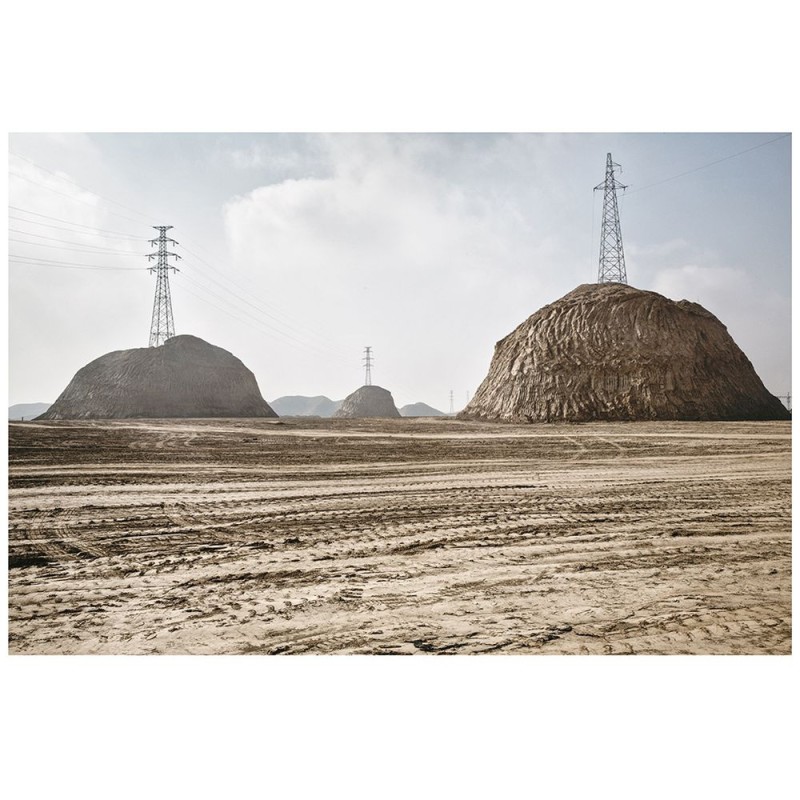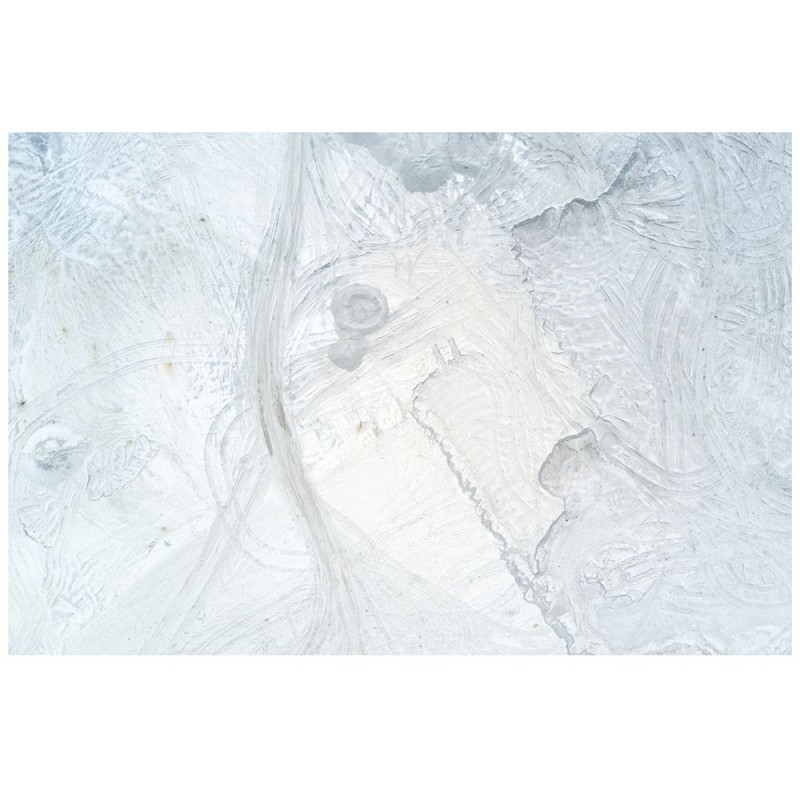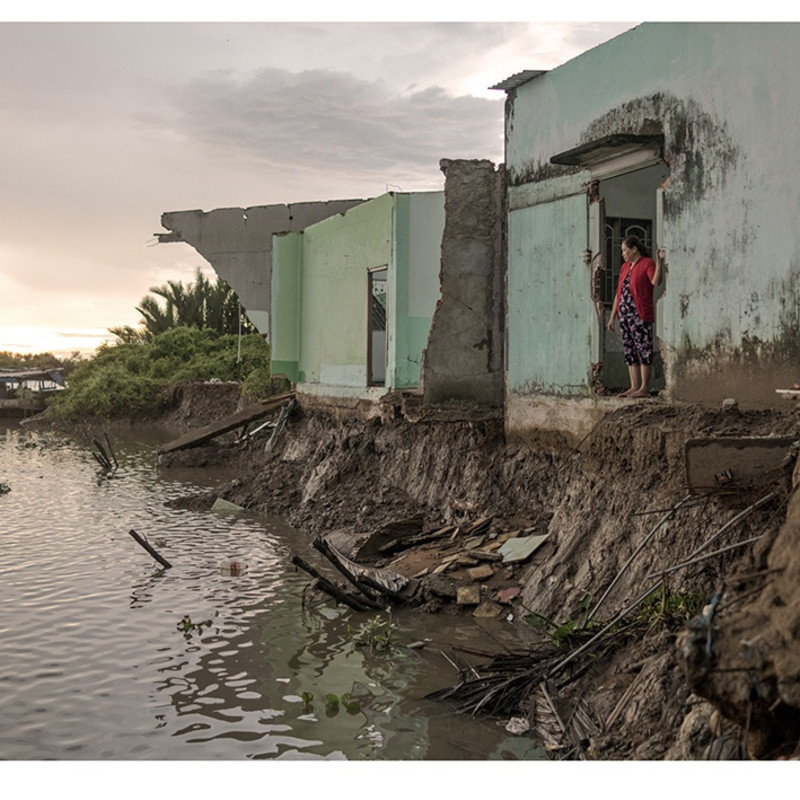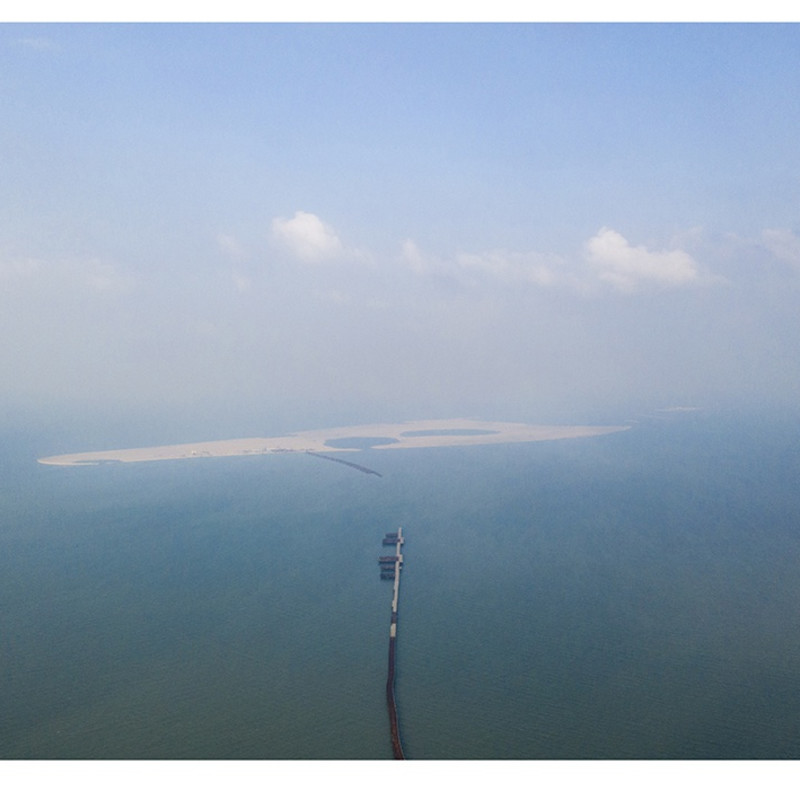-

Minuteman II Missile, South Dakota, United States, November 2017
-
 Hatches over silos which in the 1970s held missiles meant to shoot down incoming Soviet warheads, North Dakota, November 2017.
Hatches over silos which in the 1970s held missiles meant to shoot down incoming Soviet warheads, North Dakota, November 2017. -
 An anti-ballistic missile defense radar facility, North Dakota, November 2017.
An anti-ballistic missile defense radar facility, North Dakota, November 2017. -
 A border guard in his sentry post on the China-North Korea border, close to a suspected North Korean missile base, October 2017
A border guard in his sentry post on the China-North Korea border, close to a suspected North Korean missile base, October 2017 -
 China, 2013
China, 2013 -
 Singapore, 2017
Singapore, 2017 -
 Vietnam, 2017
Vietnam, 2017 -
 China, 2017
China, 2017 -
 China,2017
China,2017 -
 Malaysia, 2017
Malaysia, 2017 -

-



